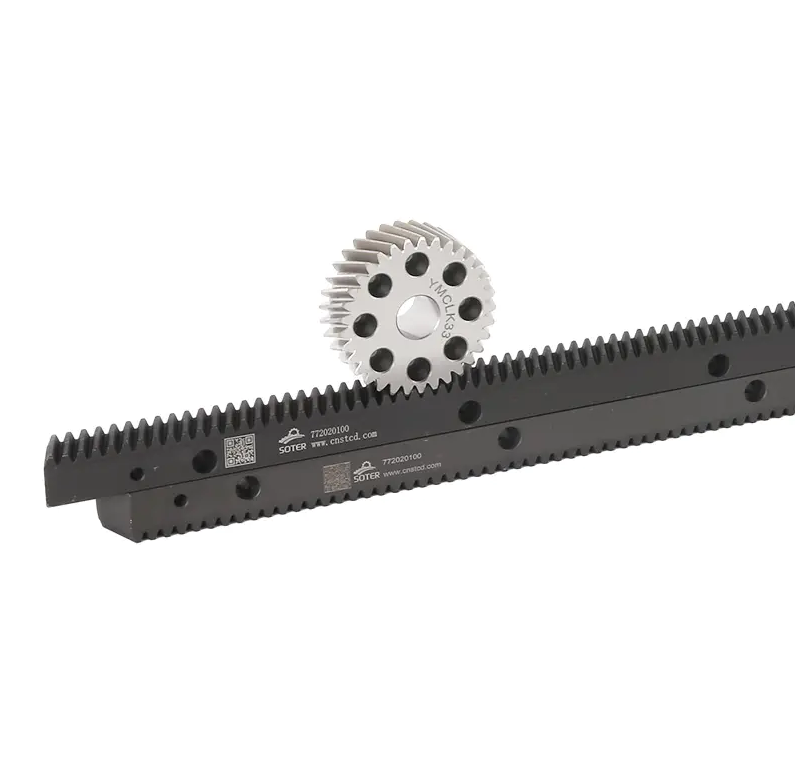Ensuring the machining accuracy of a Straight Gear Rack is crucial for its performance and longevity in various mechanical applications. The precision of a Straight Gear Rack directly affects the smoothness of motion, the efficiency of power transmission, and the overall reliability of the system it operates within. Achieving high machining accuracy involves a combination of careful material selection, advanced manufacturing techniques, stringent quality control, and appropriate finishing processes.
The first step toward ensuring machining accuracy starts with the selection of high-quality raw materials. The material must possess uniform hardness and strength characteristics to withstand the cutting forces during machining without deforming. Consistency in material properties reduces the risk of dimensional variations and surface defects that could compromise the precision of the gear rack teeth.
Advanced manufacturing processes such as CNC (Computer Numerical Control) machining have become standard for producing Straight Gear Racks with tight tolerances. CNC machines offer high repeatability and control over cutting parameters, enabling precise tooth profiles and consistent pitch. The use of precise cutting tools and proper tool path programming further minimizes errors in gear geometry.
Grinding and honing operations are commonly applied after initial machining to improve the surface finish and achieve finer dimensional accuracy. These finishing processes correct minor deviations in tooth shape and spacing, resulting in improved meshing performance when the rack engages with the pinion gear. Accurate grinding ensures the Straight Gear Rack teeth maintain uniform height and correct flank angles, which is essential for smooth transmission and reduced wear.
Another key factor in maintaining machining accuracy is the calibration and maintenance of the machining equipment. Regular inspection and servicing of CNC machines, measuring instruments, and cutting tools ensure that the equipment operates within the designed specifications. Tool wear, machine vibrations, and thermal expansions are closely monitored to prevent dimensional drift during production.
Dimensional inspection plays a vital role in quality control. Coordinate Measuring Machines (CMM) and gear measuring instruments are used to verify tooth profiles, pitch, and overall dimensions of the Straight Gear Rack. These measurements are compared against design specifications to detect any deviations early. Statistical process control techniques may also be employed to monitor production consistency and reduce variability.
Environmental factors such as temperature and humidity can influence machining precision. Production environments are often controlled to maintain stable conditions, as thermal expansion of materials and machines can cause dimensional inaccuracies. Some manufacturers use temperature compensation technologies to adjust machine operations in real-time, preserving tight tolerances.
In conclusion, guaranteeing the machining accuracy of a Straight Gear Rack requires a holistic approach that integrates material quality, advanced machining technologies, finishing processes, equipment maintenance, and rigorous inspection protocols. By carefully managing these factors, manufacturers can produce gear racks that meet demanding specifications and perform reliably in their intended applications.
Straight Gear Rack Technical Requirements
Quality Grade: DIN 6
Material: S45C/42CrMo
Tooth profile: straight teeth
Hardness treatment: high frequency quenching HRC48-52/ HRC50-55°
Production process: Ground on all sides after hardening
